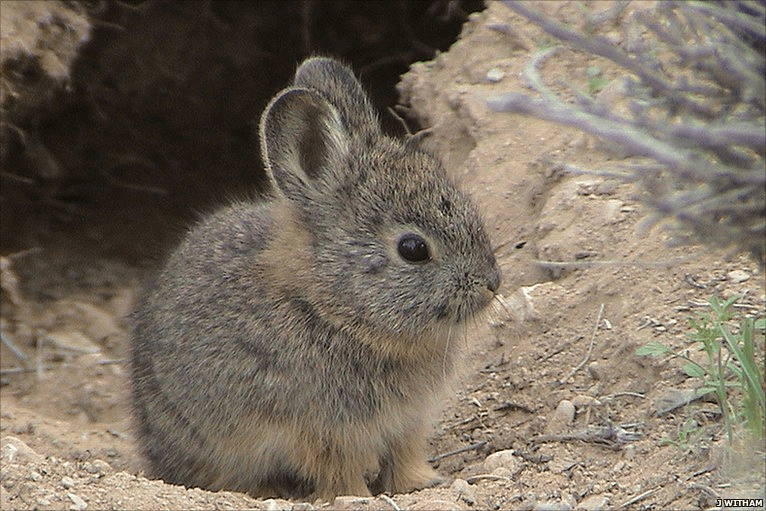Let’s do our part to live responsibly alongside our wild neighbors – after all, this is their home too! Here are five things to keep in mind when encountering wildlife:
Consider their space
For your safety and theirs, respect wildlife and their personal space. Animals can be unpredictable when they feel threatened. Help wildlife by not letting them get comfortable in your yard or common areas – make loud noises, wave your arms, throw things in their direction, or spray them with water.
Look, don’t touch
Wild animals are fully capable of taking care of themselves, do not need “rescuing” from the elements, raise their offspring much better than humans can, and should only be handled by a licensed wildlife professional. They may bite when threatened.
Never feed wildlife
Human-provided food lacks the nutrients required for wildlife. It can lead to a reduction in immune health, an increase in injuries due to malnutrition of muscles, bones, and joints, as well as an increase in aggressive behavior toward humans. It also prevents parents from passing on essential foraging skills required for offspring to survive.
Check your pets
Pets often spur wildlife conflicts. For their safety, as well as that of wild animals, control your pet. Be aware of and prevent possible pet-wildlife interactions. Remember, predators often consider any animal smaller than themselves as a food source.
Clean your space
We can inadvertently attract wildlife with our landscaping choices in yards and common areas. Those choices can provide lush habitat for smaller wildlife that some consider cute and enjoyable, but predators see only as prey. It is only natural that these prey species attract predators to your community, to its common areas, or to your yard.

